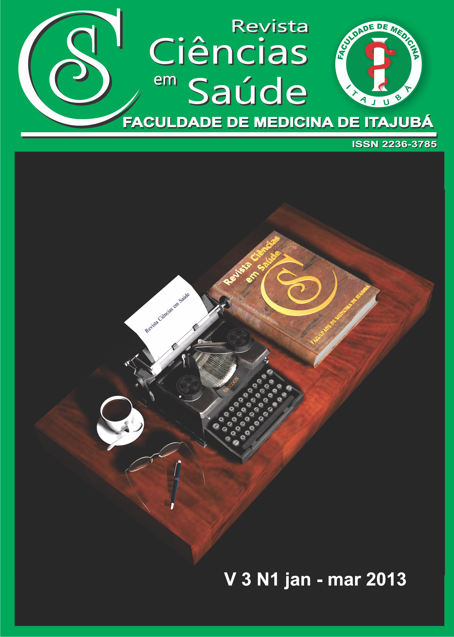Litíase Renal em Adolescente Evoluindo com Pielonefrite Crônica e Fístula Renocutânea: Relato de Caso/ Nephrolithiasis Teenager and Chronic Pyelonephritis Evolving to Renocutaneo us Fistula: Case Report
Main Article Content
Abstract
Introdução: Litíase renal é a formação de cálculos no trato urinário que resulta de fatores epidemiológicos, anatômicos e modificações físico-químicas da urina, por alterações urodinâmicas. A presença de cálculos no trato urinário favorece a proliferação bacteriana e leva ao quadro de pielonefrite crônica. Como complicação desse quadro infeccioso, surge o abscesso renal e peri-renal. Casuística: Relata-se um caso de fístula renocutânea relativamente pouco frequente no curso de uma pielonefrite crônica por cálculo coraliforme, perfurando a pelve renal em paciente masculino de 14 anos. Discussão: O caso relatado mostra de forma sequenciada a evolução desfavorável de uma pielonefrite crônica, causada por nefrolitíase em criança. As queixas relatadas e os sinais/sintomas evidenciados servem para nos orientar na tentativa de diagnósticos cada vez mais precoces. Conclusão: Os exames complementares devem ser solicitados com ponderação, mas não omitidos, em caso de dúvidas quanto ao diagnóstico.
Palavras-chave: Pielonefrite Crônica; Fístula Renocutânea; Litíase Renal
ABSTRACT
Introduction: Renal lithiasis is the formation of calculi in the urinary tract that results of epidemiologic factors, anatomical and physico-chemical changes in the urine urodynamic changes. The presence of calculi in the urinary tract favors bacterial proliferation and leads to chronic pyelonephritis. As a complication of infection, abscess arises renal and peri-renal. Case report: We report a case of fistula renocutânea relatively uncommon in the course of chronic pyelonephritis with staghorn calculus piercing the renal pelvis in a male patient of 14 years. Discussion: This case shows the sequenced so unfavorable a chronic pyelonephritis, caused by nephrolithiasis in children. Complaints reported and signs/symptoms evidenced serve to guide us in trying to increasingly earlier diagnoses. Conclusion: The exams must be requested in weight, but not omitted in case of doubt about the diagnosis.
Keywords: Chronic pyelonephritis; Renocutaneous fistula, Renal lithiasis
Article Details
Authors maintain copyright and grant the HSJ the right to first publication. From 2024, the publications wiil be licensed under Attribution 4.0 International 
 , allowing their sharing, recognizing the authorship and initial publication in this journal.
, allowing their sharing, recognizing the authorship and initial publication in this journal.
Authors are authorized to assume additional contracts separately for the non-exclusive distribution of the version of the work published in this journal (e.g., publishing in an institutional repository or as a book chapter), with acknowledgment of authorship and initial publication in this journal.
Authors are encouraged to publish and distribute their work online (e.g., in institutional repositories or on their personal page) at any point after the editorial process.
Also, the AUTHOR is informed and consents that the HSJ can incorporate his article into existing or future scientific databases and indexers, under the conditions defined by the latter at all times, which will involve, at least, the possibility that the holders of these databases can perform the following actions on the article.
